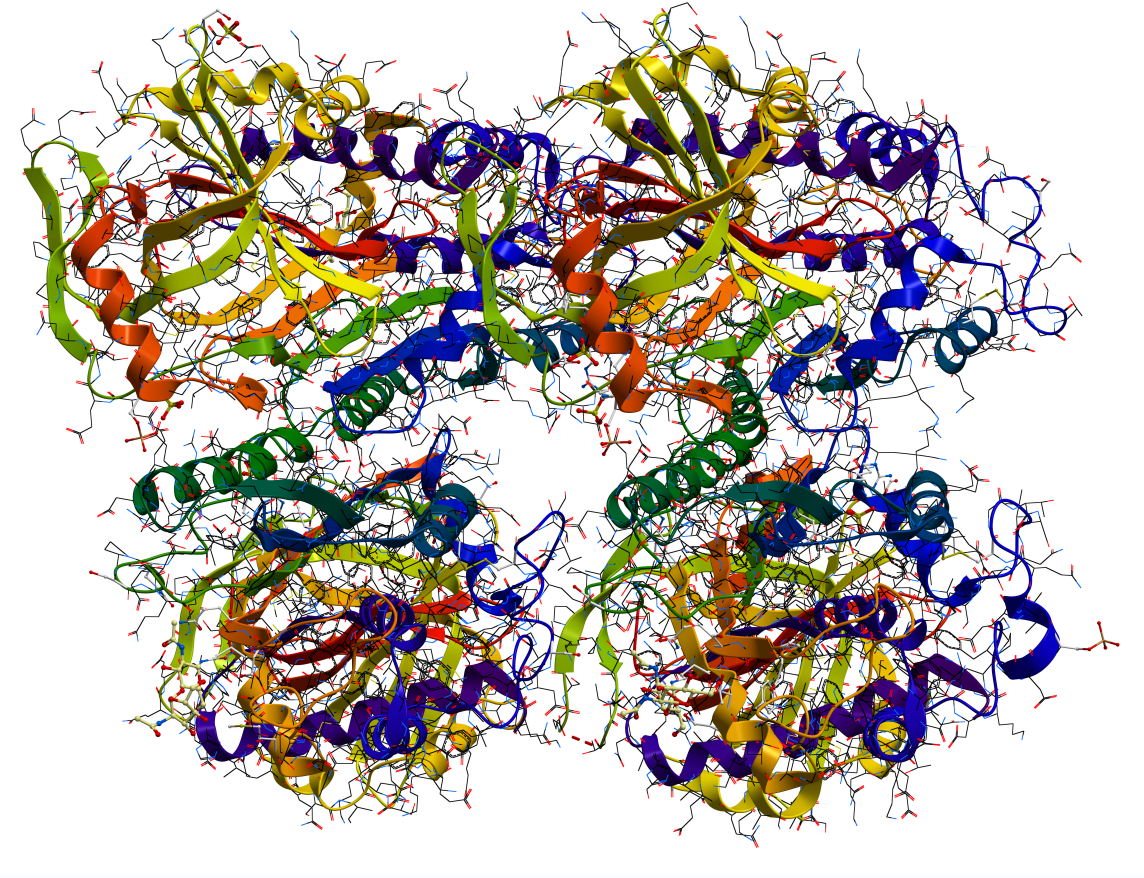OVA peptides refer to peptides derived from ovalbumin, a component of egg white that consists of several amino acids. Ovalbumin can be prepared by specific enzymatic cleavage into OVA peptides, which have a specific amino acid sequence and are often used as model antigens to study immune cell activation, proliferation and effector functions.
 Fig. 1. OVA peptides diagram.
Fig. 1. OVA peptides diagram.
OVA peptides are 43 kDa proteins that contain sequences of two main OVA peptides.
(1) Class I (Kb) restriction peptide epitope of OVA: H-Ser-Ile-Ile-Asn-Phe-Glu-Lys-Leu-OH
This peptide is the class I MHC (major histocompatibility complex) restriction peptide epitope of OVA and interacts with the class I MHC molecule H-2Kb. Class I MHC molecules present antigenic peptides to CD8+ T cells primarily on the cell surface.
(2) Class II (H-2b-restricted) peptide epitope of OVA: H-Ile-Ser-Gln-Ala-Val-His-Ala-Ala-His-Ala-Glu-Ile-Asn-Glu-Ala-Gly-Arg-OH
This peptide is the class II MHC-restricted peptide epitope of OVA and interacts with the class II MHC molecule H-2b. Class II MHC molecules present antigenic peptides to CD4+ T cells primarily on the surface of antigen-presenting cells (e.g., dendritic cells, B cells, and macrophages).
The formation of OVA peptides occurs through protein hydrolysis and enzymatic cleavage during digestion. First, protein hydrolysis is required. Through gastric acid and pepsin, ovalbumin is hydrolyzed into smaller peptide fragments. Secondly, with the addition of specific enzymes, they cut specific locations of ovalbumin to form different types of peptide fragments. These peptides with specific sequences are OVA peptides and can be used in a variety of subsequent biological applications.
The metabolism of OVA peptides may be affected by individual differences and other factors, and the specific structure and amino acid sequence of OVA peptides may also affect the metabolism rate and pathway. OVA peptides are broken down into smaller peptide fragments and amino acids by gastric acid and enzymes when they enter the digestive system. And then, it is absorbed into the bloodstream through the intestinal epithelial cells. Once absorbed into the blood circulation, the peptides and amino acids are transported to different tissues and organs. In the tissues and organs, the peptides and amino acids are synthesized into molecules needed for new proteins. At the same time, the peptides are degraded.